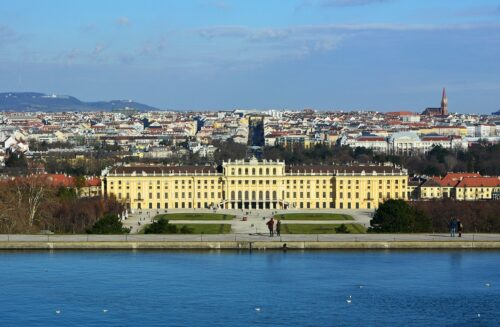Schonbrunn Palace
The history of Schonbrunn Palace goes back to the Middle Ages. In 1569 the estate known as Katerburg came into Habsburg possession. In 1612 Emperor Matthias gave the estate its name. At the end of the 17th century Emperor Leopold I commissioned the gifted Baroque architect Bernhard Fischer von Erlach to build a palatial hunting lodge for the heir to the throne. On the site of the old imperial château de Plaisance, a splendid edifice was to arise.

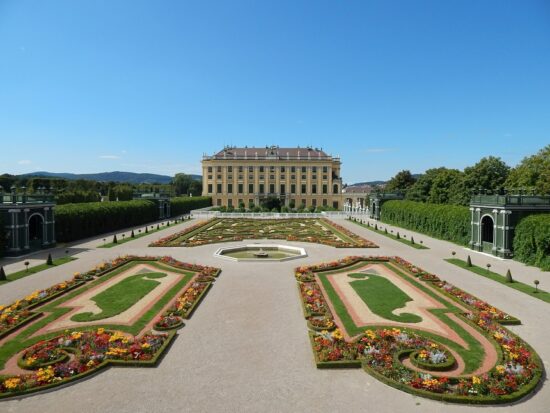
Schönbrunn fell victim to the depredations of Turkish troops during the siege of Vienna. The new edifice designed by Johann Bernhard Fischer von Erlach was rebuilt. In 1728 Emperor Charles VI acquired the unfinished palace and made a gift of it to his daughter, Maria Theresa. Maria Theresa’s Palace was to become the magnificent focus of court life.
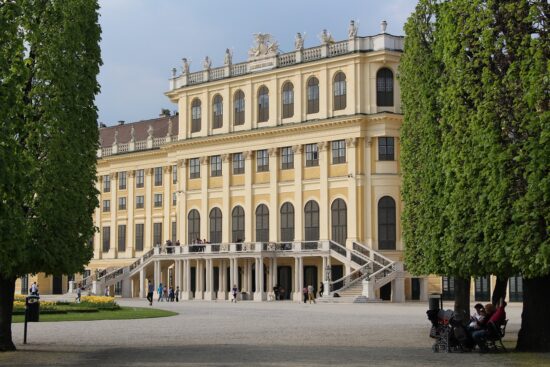

From that time onward it played host to the leading statesmen of Europe. Although Austria is now a republic, Schonbrunn has remained a place of political encounter at the highest level. After Maria Theresa died Schonbrunn Palace remained unoccupied and its use as a summer residence was only resumed during the reign of Emperor Franz II/I.
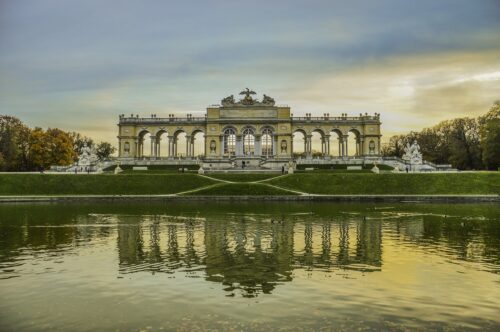

During this intervening period, Schönbrunn was occupied twice in 1805 and 1809. Both time by Napoleon. During the time the French emperor used the memorial rooms to Franz Stephan in the east wing as his quarters. On the occasion of the Congress of Vienna in 1814/15 it had become clear that Schönbrunn urgently needed refurbishing. During these improvements Franz I/II had the facade altered between 1817 and 1819 to designs by the court Johann Aman which considerably changed its appearance.
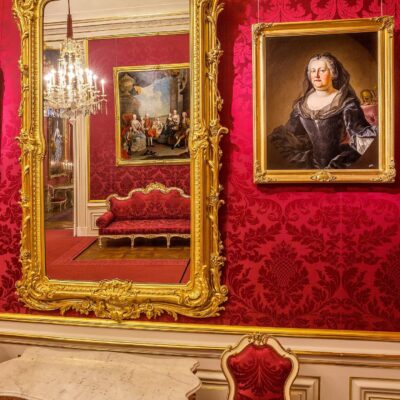

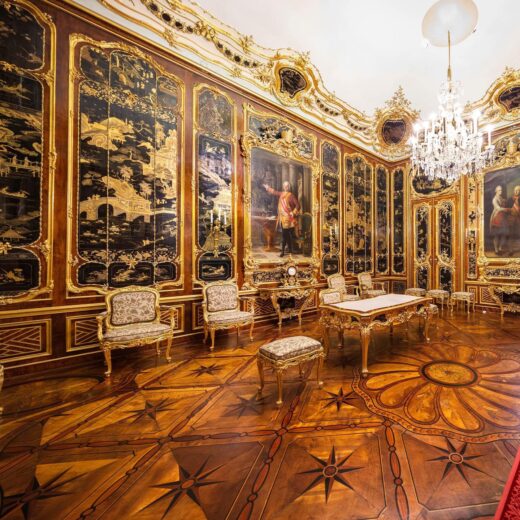
Aman removed Pacassi’s elaborate Rococo decoration from the facade, reducing it too much plainer forms with only a small number of decorative elements. It was probably during this period that the palace was painted in the shade now known as ‘Schönbrunn Yellow’, giving it the characteristic appearance it still retains today. The magnificent architecture and the exquisite decor of its staterooms mark Schönbrunn as a cultural treasure and tourist attraction of the first order. More
